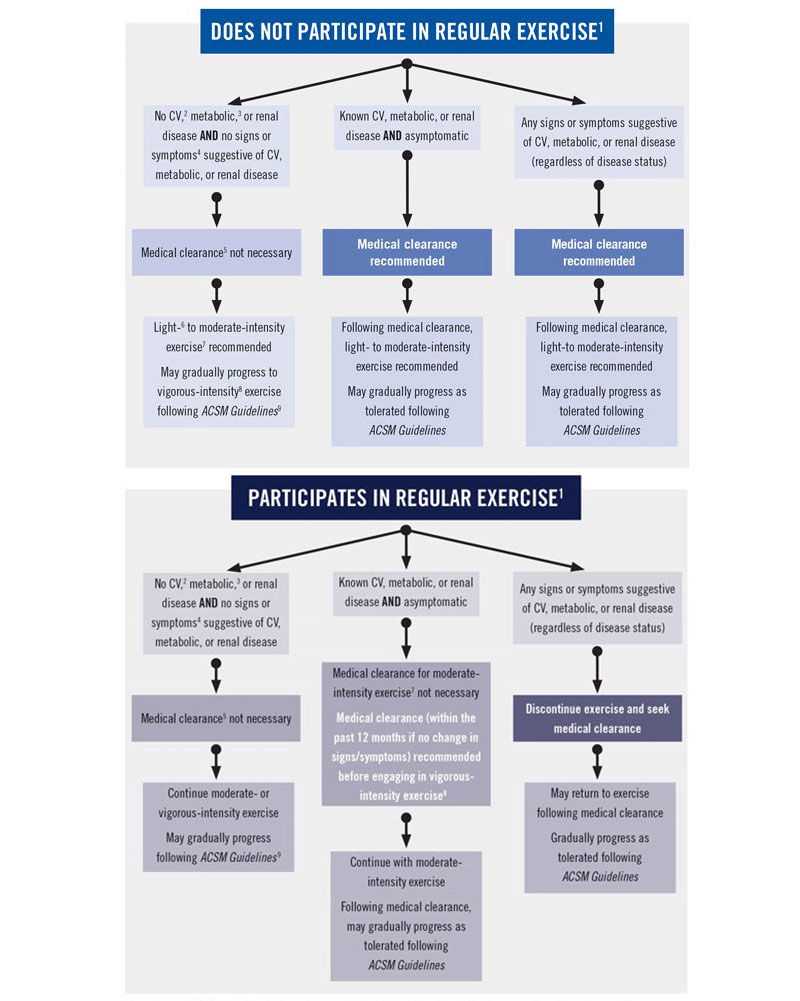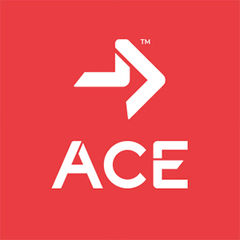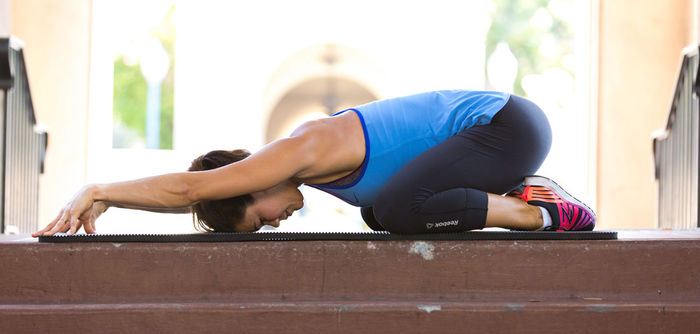Although it is well established that regular participation in physical activity has many benefits, including a lower risk of cardiovascular disease (CVD) and CVD mortality, the likelihood of experiencing an acute cardiac event (e.g., myocardial infarction or sudden cardiac death) is increased during a bout of physical activity, especially for those who are unaccustomed to vigorous-intensity exercise. Screening for CVD risk factors and the presence of signs and symptoms and/or known cardiovascular (CV), metabolic and/or pulmonary disease is a common practice to mitigate cardiac-related problems during physical-activity participation. There is, however, considerable evidence for the following:
- Exercise is safe for most people and has many associated health and fitness benefits.
- Exercise-related cardiovascular events are often preceded by warning signs/symptoms.
- Cardiovascular risks associated with exercise lessen as individuals become more physically active/fit.
In November 2015, the American College of Sports Medicine (ACSM) formally updated their preparticipation health-screening process. ACSM made this change after recent studies revealed that previous CVD risk-factor profiles and risk-classification processes resulted in excessive physician referrals, possibly creating a barrier to exercise participation. For example, Whitfield and colleagues (2014) (http://circ.ahajournals.org/content/129/10/1113) concluded that most people (nearly 95 percent) over the age of 40 years would be required to visit a physician before engaging in any form of exercise, based on previous standards. This referral recommendation held true even for an activity as simple as walking.
The new screening process adopts several changes intended to reduce barriers to physical-activity participation, yet still allows for the identification of individuals who should receive medical clearance prior to initiating an exercise program or increasing the volume, frequency or intensity of an existing program. Research comparing the new prescreening algorithm to the previous version revealed a 41% decrease in the number of individuals who would be referred to a physician before beginning exercise (Whitfield et al., 2017) (https://journals.lww.com/acsm-msse/Abstract/2017/10000/Applying_the_ACSM_Preparticipation_Screening.12.aspx). This suggests that the new prescreening procedures decreased the medical-clearance barrier to physical-activity participation by decreasing the number of individuals who require physician approval prior to engagement. Some key takeaways for using the new ASCM prescreening algorithm include:
- Identifying signs and symptoms of underlying CV, metabolic and renal disease
- Identifying individuals with diagnosed CV and metabolic disease
- Using signs and symptoms, disease history, current PA levels and desired exercise intensity to guide recommendations
- Identifying planned exercise intensity

For more information about the new exercise preparticipation health screening process, see New Preparticipation Guidelines Remove Barriers to Exercise.
This blog was written by Sabrena Jo and Chris Gagliardi.
Sabrena Jo, M.S., has been actively involved in the fitness industry since 1987. As a certified group fitness instructor, personal trainer, and health coach, she has taught group exercise and owned her own personal-training and health-coaching businesses. Jo is a former full-time faculty member in the Kinesiology and Physical Education Department at California State University, Long Beach. She has a bachelor's degree in exercise science as well as a master's degree in physical education/biomechanics from the University of Kansas. Jo is the Director of Science and Research Content for the American Council on Exercise (ACE) and a relentless pursuer of finding ways to help people start and stick with physical activity. Jo has a passion for the aerial arts and in her spare time enjoys hanging upside down from fabric and flinging her partner around in their acrobatic routines. Chris Gagliardi is the Study Assistance Administrator at ACE. Chris holds a BS in Kinesiology from San Diego State University, as well as a Certificate in Orthotics from Northwestern University Fienberg School of Medicine. As an ACE-certified Personal Trainer and Health Coach, as well as a NSCA Certified Strength and Conditioning Specialist and NASM certified personal trainer, Chris takes great pride in sharing his enthusiasm for fitness with others and is committed to life time of learning. The idea of leading a healthy lifestyle was first introduced to Chris at the age of 12 when his father brought him to the gym for the first time. This first gym experience ignited a passion for life long fitness that would only grow stronger as the years went on. Chris has worked in the field of Health and Fitness in many capacities over the past 10 years, working with both youth and adult populations.




 by
by 










 by
by